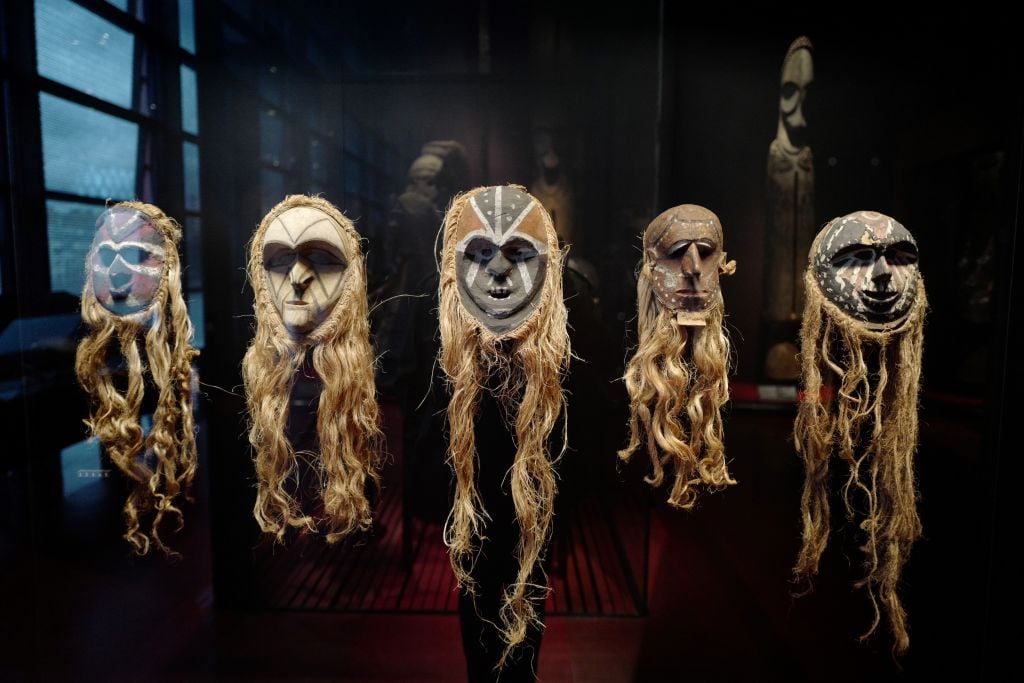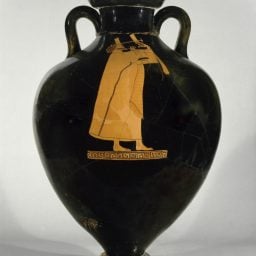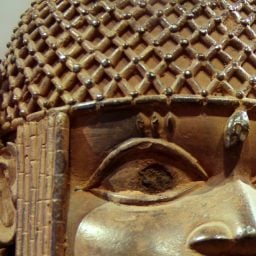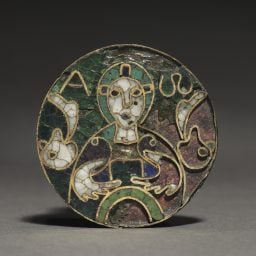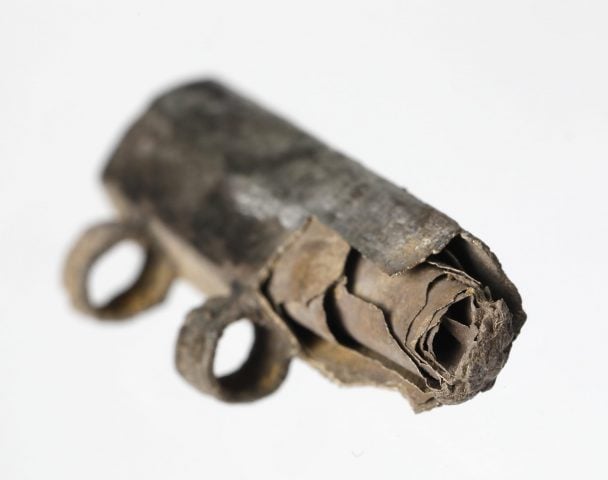Jean-Luc Martinez, the controversial former president of the Louvre, has called for a “common declaration” by African and European countries on restitution principles in his 85-page report commissioned by French president Emmanuel Macron. His recommendation takes its cue from the Washington principles on Nazi-confiscated art outlined in 1998.
In the report titled “Shared Heritage: Universality, restitution and circulation of works of art; Towards French legislation and doctrine on the ‘returnability criteria’ for cultural property,” Martinez considers cultural property and human remains traceable to former colonies and cultural property looted from Jews between 1933 to 1945, and offers recommendations on how to deal with issues pertaining to the current market for African art. He also proposes the solution of “shared heritage” in the form of long-term loans to circumnavigate complicated restitution criteria.
The report was delivered to Catherine Colonna, French minister for Europe and foreign affairs, and Rima Abdul Malak, French culture minister, last week. It comes against the backdrop of a scandal that has enmeshed Martinez, who has been charged by a French court for alleged links to an antiquities trafficking ring,
Concerning goods plundered by the Nazis, Martinez suggests extending research undertaken by the Commission for the Compensation of Victims of Spoliation (set up in 1999 by former President Jacques Chirac) to investigate not just acquisitions made between 1933 and 1945 but also posterior acquisitions, donations, and legacies of potentially problematic provenance.
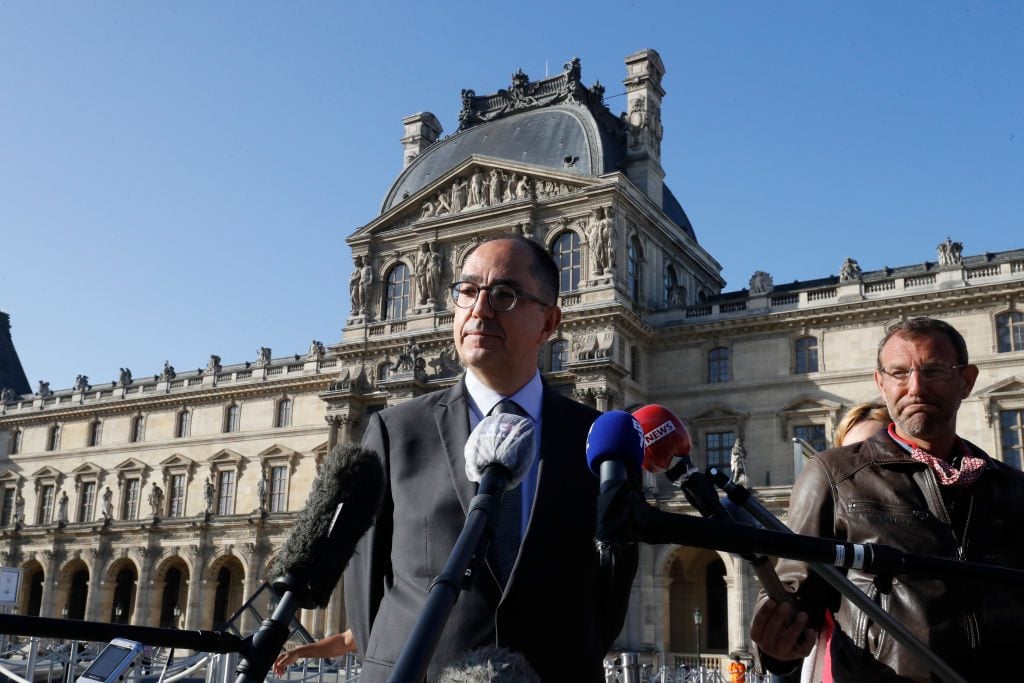
Louvre director Jean-Luc Martinez. Photo by FRANCOIS GUILLOT /AFP via Getty Images.
Macron had asked Martinez to reflect upon a future bill regarding criteria for restituting cultural goods in October 2021 when 26 artworks were restituted from the Musée du Quai Branly-Jacques Chirac to Benin. The president’s request segues from his pledge in Burkina Faso in 2017 to outline conditions for restituting African heritage and a report by Benedicte Savoy and Felwine Sarr published in 2018. Martinez wrote the report in his capacity as ambassador for international cooperation in the heritage domain.
The report identifies nine criteria for restituting African works. Three concern admissibility: the request must emanate from the state of origin, not contradict previous bilateral agreements, and there should be an assurance that another state does not claim the same goods. Martinez highlights, for instance, how both Mali and Senegal have made a restitution claim for the Ségou treasure seized by Louis Archinard in April 1890. Mali’s claim is on geographical grounds because the city of Ségou is in Mali, while Senegal claims “to be the heir to the Toucouleur Empire,” Martinez stated.
Two other points regard any illegal or illegitimate character of acquisitions. These criteria seem partly aimed at protecting France’s national collections from the risk of being heavily impacted by countless restitution requests. The report refers to how the Musée du Quai Branly-Jacques Chirac is reviewing 182 objects with provenance cases that appear questionable out of 79,614 African items, while the Musée de l’Armée—France’s army museum—is reviewing an estimated 760 to 780 items. Moreover, the report calls for a thorough risk assessment at France’s main museums and collections, including the Louvre.
The remaining four criteria are “contextual,” stating that there needs to be a willingness of cooperation from the requesting state, which must be committed to preserving heritage and presenting cultural goods to the public; requests must be “targeted,” and be limited to heritage and not financial compensation.
After making several trips to Africa within the last year, Martinez concluded that countries on the continent do not all share the same position on restitution. He writes: “If some states such as Senegal wish for a massive return of works, other countries do not seem particularly demanding at this stage or are very far from this type of preoccupation.”
Implications for the Art Market
Martinez and his two collaborators, Benoît de Saint Chamas and Jean-Gabriel Leturcq, had lengthy discussions with African specialists as well as jurists, museum professionals, historians, politicians, artists, and diplomats. Through these conversations, they also identified another major problem: how African countries are being priced out of the contemporary art market and cannot afford artworks by their own artists. Martinez quotes how several African interlocutors remarked: “There’s a new plundering of African art today: contemporary African artists move abroad, their market value rises, and their creations are therefore no longer accessible to African museums.”
Therefore, Martinez suggests setting up a public-private Africa-Europe fund with the dual objective of financing provenance research and acquiring African artworks that could enrich existing or future museums on the African continent.
Martinez also refers to how wars and conflicts in some countries that have addressed restitution requests to France “unfortunately delay the processing of files; this is the case particularly in Mali and to a lesser extent in Chad or Ethiopia.”
Another big takeaway is Martinez’s suggestion of “shared heritage.” This notion would focus on the accessibility of works by “authorizing a form of long-term deposit involving the common writing of a shared history of objects.” Martinez also recommends deeper research in museums on works that might have been seized in wars and to examine the provenance of proposed donations and legacies.
The subject of restitution, Martinez writes, is anchored in a complex debate about the “universalism” of art that interrogates the relationship to the past, questions the role of museums in the twenty-first century, and their missions of sharing and developing knowledge.
More Trending Stories:
‘He Was Hungry’: A Korean Art Student Untaped Maurizio Cattelan’s Infamous $150,000 Banana From a Museum Wall and Ate It
Christie’s Neglected to Reveal the Ugly History Behind Its Sensational Planned Jewelry Auction. Then a Billionaire’s Wife Complained
A Museum Has Renamed a Vegetable Still Life by Van Gogh After a Chef Spotted Something Was Off About the Onions
See the Rare Keith Haring Drawing—Measuring a Massive 125 Feet—That Is Going on View in Amsterdam for the First Time in 30 Years
An X-Ray Scan of a 16th-Century Bronzino Painting of Duke Cosimo de’ Medici Has Revealed a Mysterious Underlying Portrait
How Lavinia Fontana Broke Renaissance Tradition to Become the First Woman Artist Known to Depict Female Nudes—and Earn Equal Pay as Men
The Florida Principal Fired for Allowing a Lesson on Michelangelo’s ‘David’ Went to Italy to See the Sculpture Herself—She Was Impressed
Considering a Job in the Art World? Here’s How Much Art Professionals Actually Make for a Living
